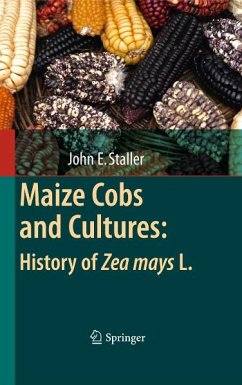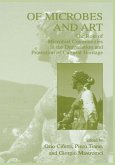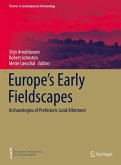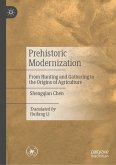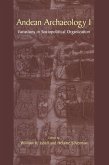In Maize Cobs and Cultures, John Staller provides a survey of the ethnohistory and the scientific, botanical and biological research of maize, complemented by reviews on the ethnobotanic, interdisciplinary and multidisciplinary methodologies.
Dieser Download kann aus rechtlichen Gründen nur mit Rechnungsadresse in A, B, BG, CY, CZ, D, DK, EW, E, FIN, F, GR, HR, H, IRL, I, LT, L, LR, M, NL, PL, P, R, S, SLO, SK ausgeliefert werden.
"This volume is a digest and a progression from papers in the massive 48-author volume ... . The author's works are covered comprehensively. ... Accordingly, the writer, while presenting his own synthesis and a composite view, provides a service to the research-user. ... one has deep curiosity about maize and cultures (that is, cultures of indigenous peoples and of scientists who study maize history); if one is prepared to expand study by referring to sources ... this volume is a thorough access point." (Edward Coe, Plant Science Bulletin, Vol. 56 (3), 2010)
"Staller (anthropology, The Field Museum) has written a book that covers the history of what has arguably become the world's most important agricultural crop--Zea mays L. ... The volume includes a dizzying array of references from a wide swath of research literature both current and historical, including many diagrams and photographs ... . Summing Up: Highly recommended. Anthropology and botany collections serving upper-division undergraduates through researchers/faculty." (J. Cummings, Choice, Vol. 47 (11), July, 2010)
"It provides a thorough description of more than a century of concerted efforts by researchers in multiple disciplines to uncover the origins of domesticated maize and to determine its place in the development of agriculture and in the emergence of complex societies throughout the Americas. ... Staller's book provides some explanation for our persistent intellectual focus on this globally important plant." (Jane Mt. Pleasant, Annals of Botany, Vol. 111 (2), February, 2013)

